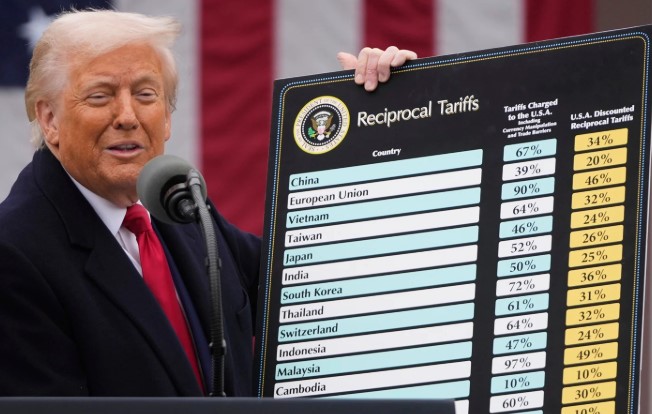U.S. President Donald Trump announced on Wednesday that the United States would impose a 25% tariff on goods imported from India, effective August 1.
Trump said India would face an unspecified penalty on the same date.
“While India is our friend, we have, over the years, done relatively little business with them because their tariffs are far too high among the highest in the world,” Trump said in a post on Truth Social. “They also maintain the most strenuous and obnoxious non-monetary trade barriers of any country.”
He also criticised India’s longstanding military and energy ties with Russia, stating: “They have always bought a vast majority of their military equipment from Russia, and are Russia’s largest buyer of energy, along with China, at a time when everyone wants Russia to stop the killing in Ukraine. All things not good!”
India, the world’s fifth-largest economy, has yet to respond officially. The Commerce Ministry, which is leading trade negotiations with the U.S., did not immediately comment on Trump’s announcement.
The move appears to end hopes for a limited trade agreement that U.S. and Indian officials had been negotiating for months. Multiple rounds of discussions had aimed to resolve longstanding issues, including market access for the U.S. agricultural and dairy products. While some progress had been made, India has consistently resisted opening its domestic market to imports of wheat, corn, rice, and genetically modified soybeans, citing the impact on millions of small farmers.
India’s exports to the United States totalled around $87 billion in 2024. The new tariffs are expected to hit labour-intensive sectors particularly hard, including textiles and garments, pharmaceuticals, gems and jewellery, and petrochemicals.
The U.S. currently runs a $45.7 billion trade deficit with India.
India now joins a growing list of countries affected by Trump’s “Liberation Day” trade policy, which focuses on restructuring trade relationships and demanding greater reciprocity from trading partners.
Washington has previously warned New Delhi about its high average tariffs, nearly 39% on agricultural products, with some items like vegetable oils, apples, and corn facing duties as high as 50%.
The setback also dims the prospects of meeting ambitious bilateral trade targets. Prime Minister Narendra Modi and Trump had earlier committed to concluding the first phase of a trade agreement by autumn 2025, to expand U.S.-India trade to $500 billion by 2030, up from $191 billion in 2024.
The U.S. also exports about $42 billion worth of manufactured goods to India, along with energy products such as liquefied natural gas, crude oil, and coal, all of which could be subject to retaliatory measures if India chooses to respond in kind.
Despite the current tensions, Indian officials have maintained that the U.S. remains a critical strategic partner, particularly in efforts to counterbalance China. However, they have consistently emphasised the importance of retaining policy flexibility in sensitive areas like agriculture, digital data governance, and government subsidies.



